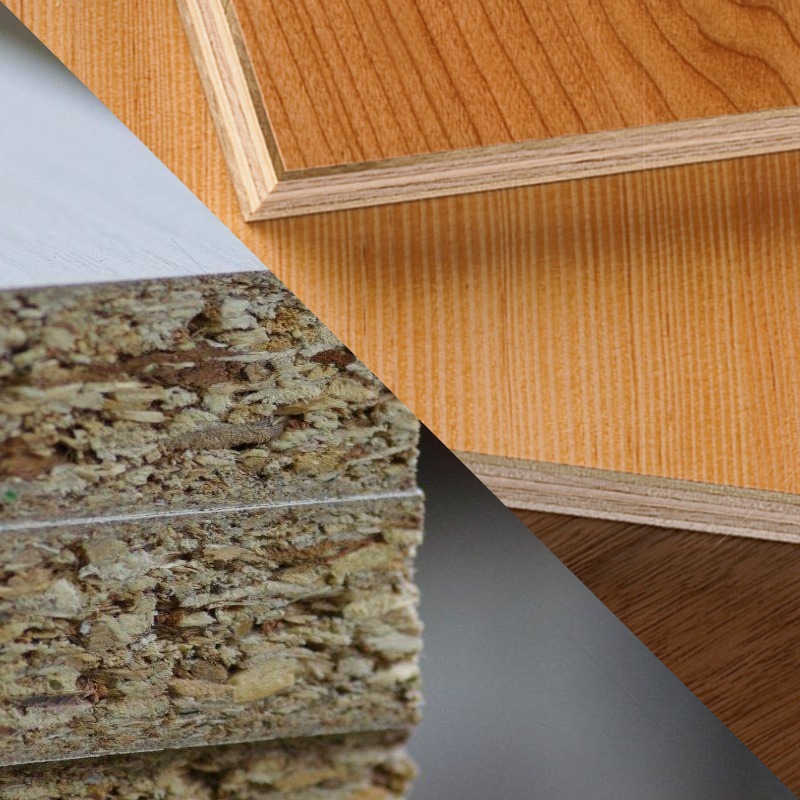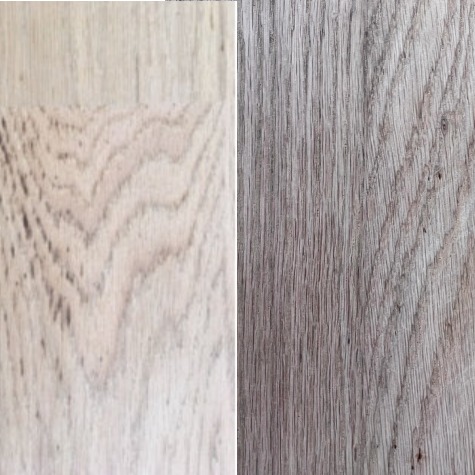One of the questions I often hear is:
Since you’re crafting similar furniture pieces repeatedly, don’t you get tired of it?
The answer is both yes and no.
Yes, woodworking is physically demanding, and at the end of the day, I often feel the strain of the work. But no, I never get bored or feel stagnant because, in reality, I’ve never made two identical pieces of furniture.
While I often produce small batches using the same wood species or designs, each piece is unique in its dimensions, features, and even the small, ongoing improvements I incorporate. Let me explain how this works and why it’s possible.
Customization Meets Precision
At my workshop, we currently have over 50 product designs (SKUs), and each can be customized to meet specific needs—whether it’s a different wood species, dimensions, or features. Keeping track of these variations for every order could easily become overwhelming.
However, thanks to my background as a software engineer, I’ve built a custom software solution that simplifies the entire process. Here’s how it works:
Quotation: Customers use the online tool to request a quote.
Pre-Order: Once a pre-order is placed, the software takes over.
Material Planning: Based on the dimensions and customization options, the software calculates the materials needed, generates an optimized lumber cutting list, and creates a purchase list for any additional supplies.
Work Order: A clear and user-friendly work order is generated, outlining the precise steps for crafting the piece.
Real-Time Updates: Lead times and progress updates are made available to customers so they can see where their order stands in the production process.
That's also why it's possible that I can start multiple pieces at the same time and let my software manage the progress for each piece.
Pricing and Efficiency
When you place an pre-order, the software immediately calculates the exact material and hardware requirements and checks current vendor prices. This ensures accurate estimates and minimizes waste. It’s a system designed for precision and efficiency.
Continuous Improvement Through A/B Testing
Now, let’s revisit the original question: Why have I never crafted two identical pieces of furniture?
The answer lies in a practice borrowed from my software background: A/B testing. In the tech world, A/B testing involves introducing small variations to compare performance and determine what works best. I’ve applied this concept to furniture-making to refine and enhance my craft.
For instance, I once used 13/16inch-thick panels for drawer faces. By testing slightly thinner 11/16inch panels in some pieces, I discovered they offered better aesthetics and functionality. This improvement was then incorporated into future designs.
Each time I identify a successful variation, I update my software. It ensures that every future work order reflects the improvement, creating a cycle of continuous quality enhancement.
A Unique Promise
Because of this approach, every piece I create is distinct. Even if two orders appear identical on paper, the small refinements and A/B tests I implement make them unique.
This dedication to constant improvement, backed by a blend of craftsmanship and technology, allows me to confidently say:
I’ve never built two identical pieces of furniture in the past—and I never will in the future.
By leveraging innovative software and a commitment to refinement, I’m able to ensure that every piece of furniture is not only custom but also represents the very best of my evolving craft.



